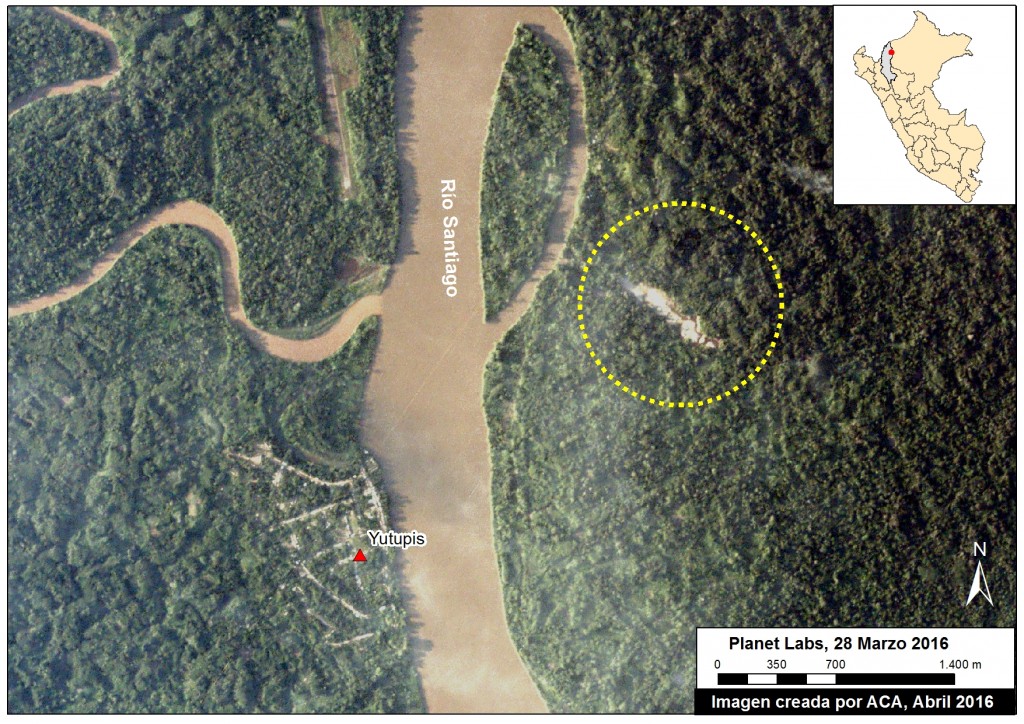Peru's Emergency Mining Ban Impacts Gold Production By $200 Million

Table of Contents
The Economic Impact of the Mining Ban on Peru
The emergency mining ban has dealt a significant blow to the Peruvian economy, triggering a chain reaction of negative consequences. The immediate and most visible effect is the considerable reduction in government revenue.
Reduced Government Revenue
The halted gold production translates directly into a significant drop in tax revenue for the Peruvian government. This loss affects not only national budget allocations but also impacts crucial social programs and infrastructure projects.
- Loss of royalties: The government's revenue from mining royalties, a substantial portion of its income, has plummeted.
- Decreased tax income: Corporate taxes, income taxes from employed miners, and other related taxes have all experienced a sharp decline.
- Impact on national budget: This revenue shortfall forces the government to re-evaluate its budget, potentially leading to cuts in essential public services.
The ripple effect extends beyond direct government revenue. Related industries, such as transportation, logistics, and services supporting the mining sector, are experiencing a downturn, further exacerbating the economic impact. The resulting job losses in these supporting industries amplify the overall economic strain.
Job Losses and Social Unrest
The mining ban has resulted in widespread job losses, creating significant social and economic hardship within affected communities. Thousands of miners and related workers have been left unemployed, increasing the risk of social unrest and instability.
- Number of jobs affected: Precise figures are still emerging, but estimates indicate thousands of jobs lost across various mining operations and associated businesses.
- Potential for protests and social unrest: The loss of livelihoods fuels discontent and could potentially trigger protests and social unrest in mining communities.
- Impact on local communities: Local economies heavily reliant on mining activity face severe challenges, impacting access to essential services and increasing poverty levels.
The Peruvian government's response to mitigate these job losses has been insufficient, further escalating concerns and uncertainties for affected communities. The lack of comprehensive support programs increases the vulnerability of these populations.
Impact on International Gold Prices and Supply
The reduction in Peruvian gold production, a significant contributor to the global gold market, has created ripples felt worldwide.
Global Gold Market Volatility
Peru holds a considerable position as a global gold producer. The temporary halt in its production has introduced volatility into the international gold market.
- Changes in global gold supply: The reduced supply from Peru has tightened the global gold market, potentially leading to price fluctuations.
- Impact on gold prices: While the impact on global gold prices has been varied, the reduced supply from Peru has contributed to uncertainty and price fluctuations.
- Investor reactions: Investors are closely monitoring the situation, and the uncertainty surrounding the future of Peruvian gold production is impacting investment decisions.
The global gold market is reacting to the sudden decrease in supply, creating an environment of uncertainty for both producers and consumers.
Challenges for Mining Companies
Mining companies operating in Peru face immediate and significant challenges due to the ban. These range from lost revenue and production delays to difficulties in contract renegotiations.
- Lost revenue: Companies are experiencing substantial financial losses due to the temporary cessation of operations.
- Production delays: The ban disrupts production schedules, impacting delivery timelines and potentially harming business relationships.
- Contract renegotiations: Mining companies may need to renegotiate contracts with buyers and suppliers due to unforeseen production delays.
Many international mining companies have publicly expressed their concerns, highlighting the need for a swift resolution to the situation and a clear path toward sustainable and responsible mining practices in Peru.
Reasons Behind the Emergency Mining Ban and Potential Solutions
The emergency mining ban was implemented in response to escalating concerns regarding environmental damage and illegal mining activities.
Environmental Concerns and Illegal Mining
Illegal mining operations in Peru have caused widespread environmental damage, leading to severe consequences for ecosystems and local communities.
- Specific environmental damage: Illegal mining often involves deforestation, water pollution, and soil erosion, causing significant ecological harm.
- Illegal mining practices: These unregulated operations often lack safety measures, resulting in environmental pollution and worker safety hazards.
- Government efforts to combat illegal mining: The Peruvian government has been implementing initiatives to address illegal mining, but these efforts have proven insufficient. The scale of illegal mining continues to be a significant challenge.
Statistics on the extent of environmental damage caused by illegal mining in Peru paint a stark picture of the scale of the problem, highlighting the urgent need for comprehensive action.
Long-term Sustainability and Responsible Mining Practices
The crisis underscores the urgent need for a transition towards sustainable and responsible mining practices in Peru.
- Sustainable mining initiatives: Investing in sustainable mining technologies and practices is crucial to minimize environmental impact and ensure long-term resource availability.
- Environmental regulations: Stricter environmental regulations and enforcement are needed to prevent future environmental damage and hold illegal mining operators accountable.
- Community engagement: Meaningful engagement with local communities is crucial to address their concerns and ensure that mining activities contribute to local development.
- International collaborations: International collaborations and knowledge sharing can help Peru adopt best practices in sustainable and responsible mining.
By fostering responsible mining practices, Peru can safeguard its natural resources, ensure social equity, and attract sustainable investments in the mining sector.
Conclusion
Peru's emergency mining ban has resulted in a significant $200 million loss in gold production, causing substantial economic hardship, job losses, and global market volatility. The underlying causes – rampant illegal mining and severe environmental damage – demand urgent attention. The key takeaway is the critical need for sustainable and responsible mining practices to prevent future crises. Addressing illegal mining, strengthening environmental regulations, and fostering community engagement are paramount for Peru's mining sector to thrive sustainably. Follow future updates on the situation and the effect of Peru's mining ban on gold production to understand the long-term impact of this crisis and the measures taken to prevent similar occurrences in the future. Responsible mining in Peru is essential, and understanding the issues is the first step towards a sustainable solution.

Featured Posts
-
 Foreign Airlines Acquire 25 Of West Jet Marking Onex Investment Exit
May 11, 2025
Foreign Airlines Acquire 25 Of West Jet Marking Onex Investment Exit
May 11, 2025 -
 Yankee Star Aaron Judges Start An Mlb Milestone
May 11, 2025
Yankee Star Aaron Judges Start An Mlb Milestone
May 11, 2025 -
 Federal Investigation Reveals Multi Million Dollar Office365 Hack
May 11, 2025
Federal Investigation Reveals Multi Million Dollar Office365 Hack
May 11, 2025 -
 I Fonitiki Proponisi Tis Tzesika Simpson Analyontas Tis Methodoys Tis
May 11, 2025
I Fonitiki Proponisi Tis Tzesika Simpson Analyontas Tis Methodoys Tis
May 11, 2025 -
 Holstein Kiels First Bundesliga Season A Post Mortem
May 11, 2025
Holstein Kiels First Bundesliga Season A Post Mortem
May 11, 2025
